18 Aesthetic Wallpapers to Brighten Every Unlock
In the digital age, where screens have become windows into both our work and our private lives, the concept of aesthetic wallpaper has quietly grown into something far more meaningful than most of us realize.
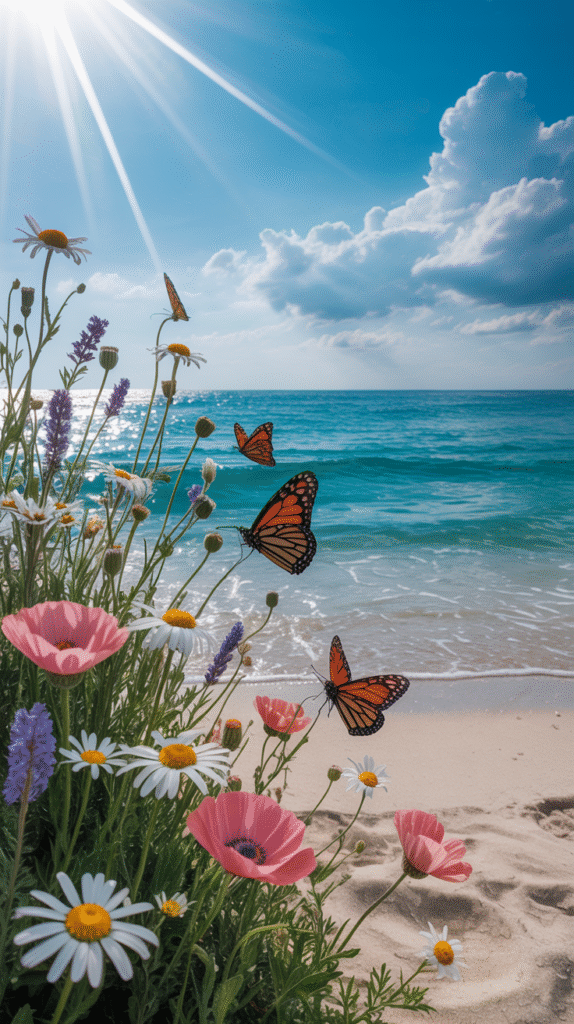
Aesthetic wallpapers aren’t just digital backdrops; they’re an everyday form of personal expression, a mood setter, and sometimes even a small source of daily comfort. They turn our devices tools we use every hour into something that feels beautifully personal and creatively alive.
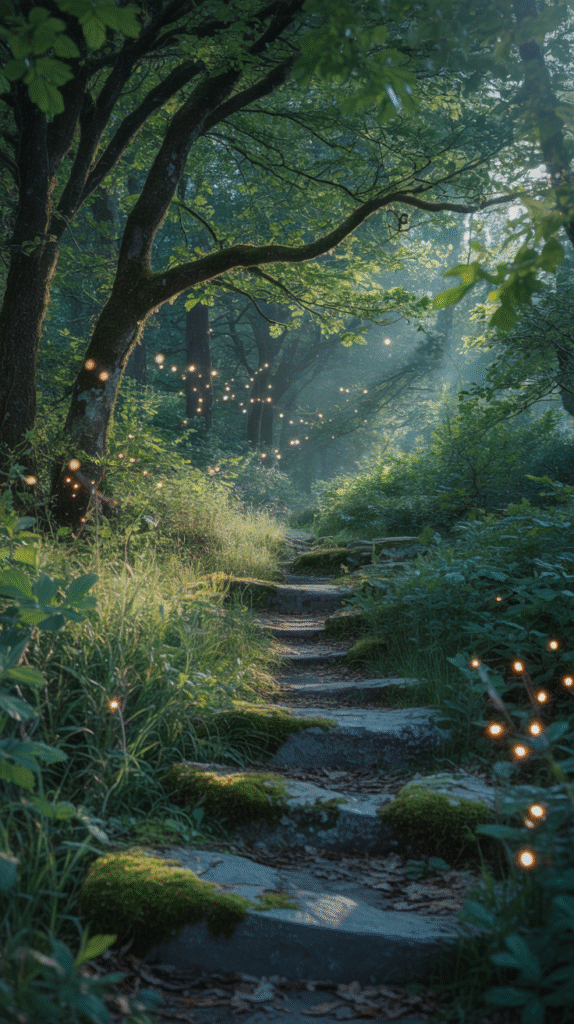
But what does it really mean when we call something “aesthetic”? At its heart, it’s about harmony, balance, and feeling. An aesthetic wallpaper isn’t defined by a single color palette, theme, or trend; instead, it’s something that simply feels right to the person using it.
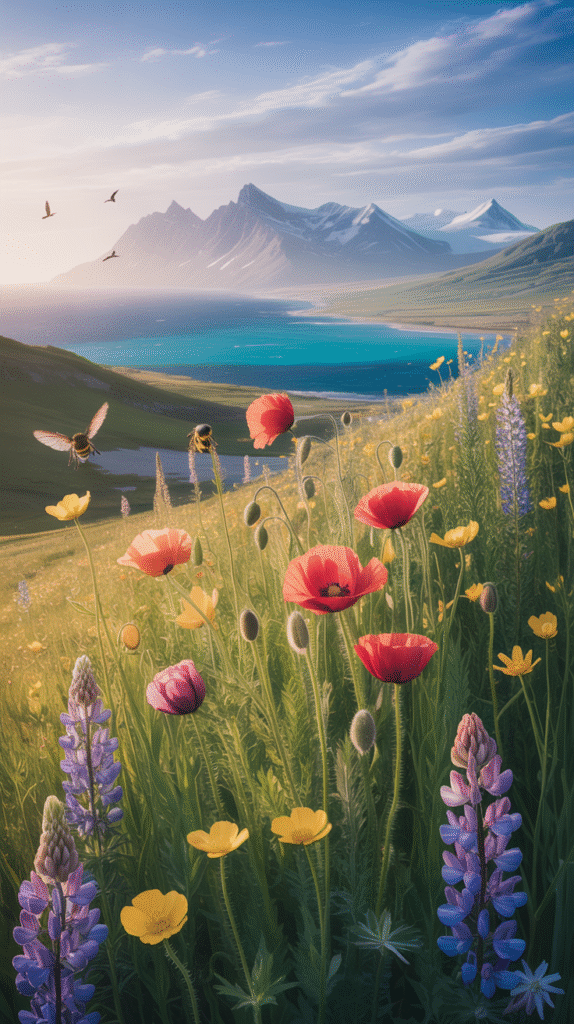
It can be minimalist or richly detailed, bright or muted, realistic or abstract. The essence of “aesthetic” lies in its ability to create a visual experience that resonates emotionally, even subtly, every time you unlock your phone or look at your computer screen.
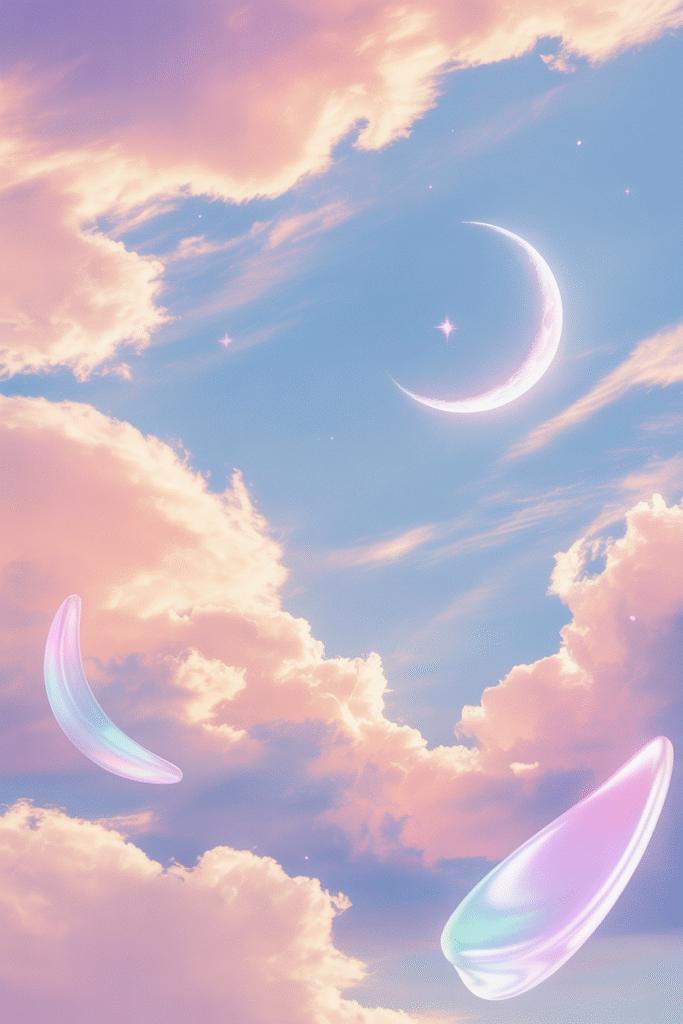
What’s fascinating about aesthetic wallpaper is how it reflects the interplay between technology and human creativity. Our devices, by design, are uniform: rows of icons, structured layouts, sleek hardware. But the wallpaper background becomes the part we can truly make our own, turning something impersonal into something uniquely ours. It’s that quiet rebellion against uniformity, a chance to soften the hard edges of technology with something softer, gentler, or simply more “us.”
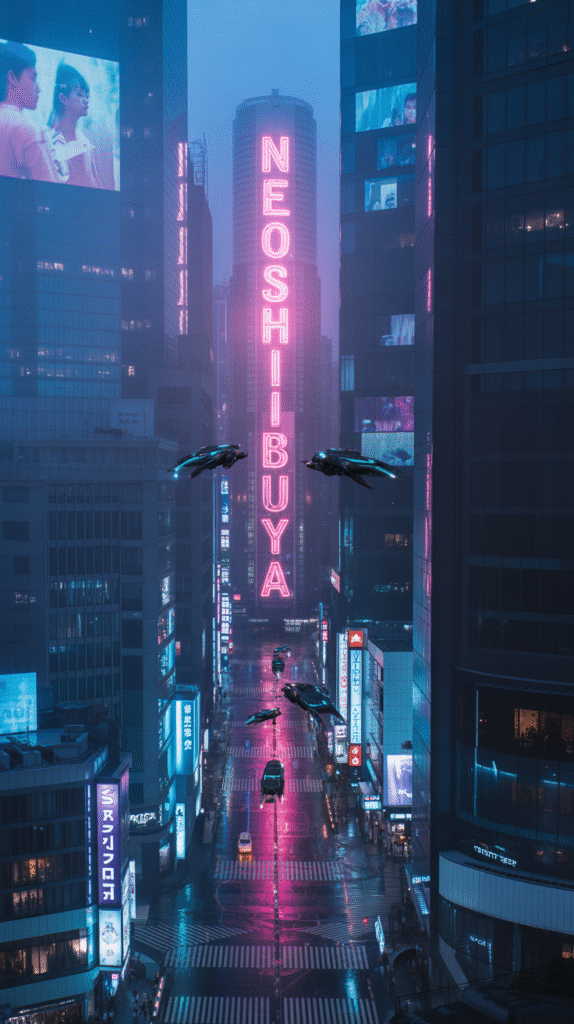
There’s a psychological depth to this choice, too. Many people select aesthetic wallpapers to create a certain mood: a calm pattern for focus, warm tones for comfort, or light, airy designs that bring a sense of space and freedom. Others lean toward nostalgic textures or vintage filters to evoke memories and feelings from another time. In a world filled with constant movement and noise, an aesthetic wallpaper can offer a moment of visual stillness, a small oasis of beauty in the middle of a busy day.
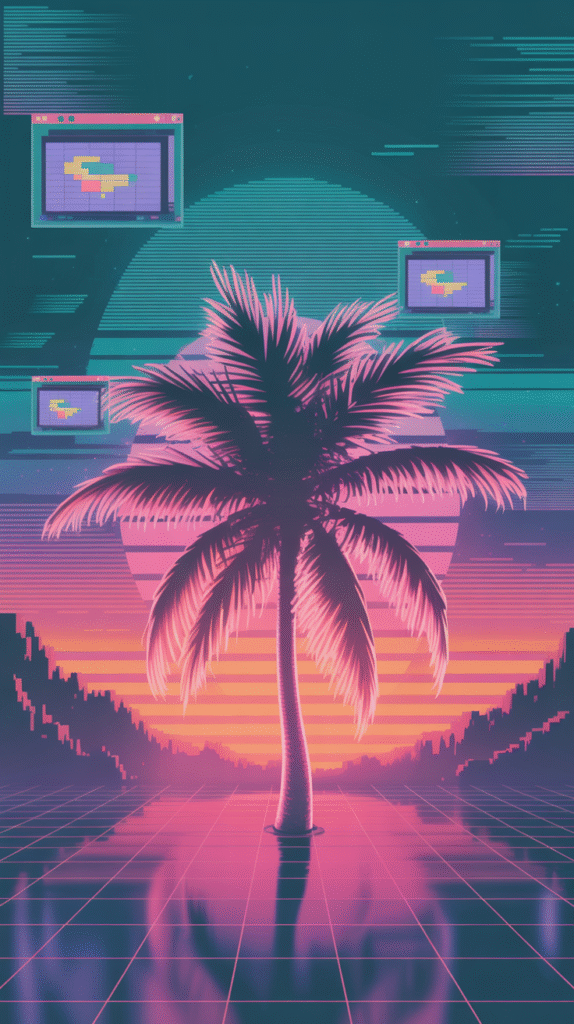
The power of aesthetic wallpapers also lies in their versatility. They don’t demand attention like bright or heavily detailed images might. Instead, they sit quietly in the background, complementing app icons, widgets, and notifications without fighting them for space. This harmony between form and function is part of what makes them so universally appealing. A truly aesthetic wallpaper isn’t just about what’s on the screen; it’s about how it fits into the screen, and into your life.

There’s also something deeply personal about the process of finding or creating the perfect aesthetic wallpaper. It can feel like a miniature creative journey: scrolling through collections, playing with color palettes, adjusting brightness and contrast until it aligns perfectly with your style. This process isn’t only about the final look, it’s about the feeling of shaping your digital environment into something that feels comforting and familiar.

High-resolution displays on modern devices have further transformed how we experience aesthetic wallpapers. Subtle gradients, delicate textures, and soft shadows all come to life in incredible detail, turning even the simplest designs into something that feels rich and layered. A muted background with just the right amount of texture can feel almost tactile, adding depth and warmth to what is, after all, just pixels on a screen.
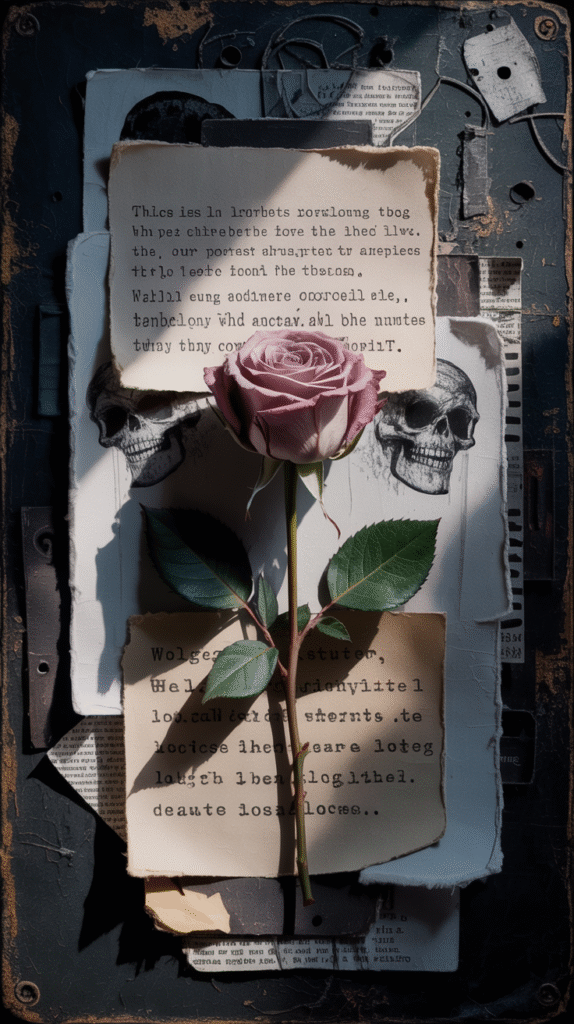
For many, aesthetic wallpapers become part of a broader digital aesthetic. The colors and patterns might match the device case, the lock screen, or even the apps and widgets chosen to complement it. Together, they create a digital space that feels coherent and soothing, almost like decorating a physical room. Just as we choose furniture, paint, and décor to reflect our taste in real life, wallpapers help create a personal style in our digital lives.
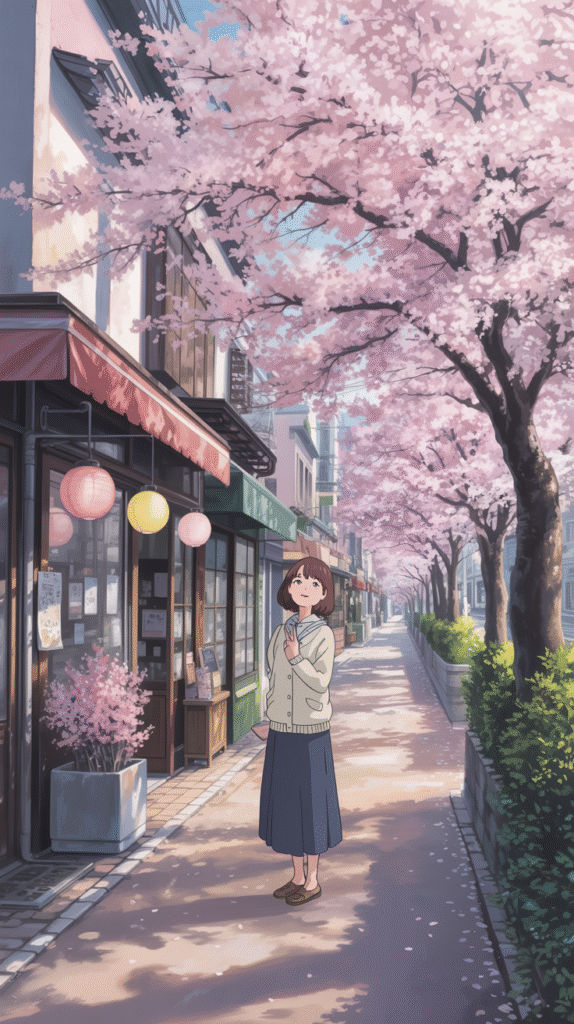
Interestingly, the appeal of aesthetic wallpapers cuts across cultures, age groups, and professions. Students use them to make study time feel calmer. Artists use them as quiet inspiration boards. Professionals choose subtle backgrounds to add elegance without distraction. Even those who might say they don’t care about design often end up with a background that, in some way, reflects a piece of their personality.

The flexibility of aesthetic wallpapers means they can change as easily as our moods do. On days when life feels overwhelming, we might switch to something lighter and softer. When we’re feeling creative, we might choose something playful or abstract. This fluidity is part of what makes wallpapers such an effective tool for self-expression they aren’t permanent. Instead, they flow with us, adapting to new seasons, new places, and new feelings.
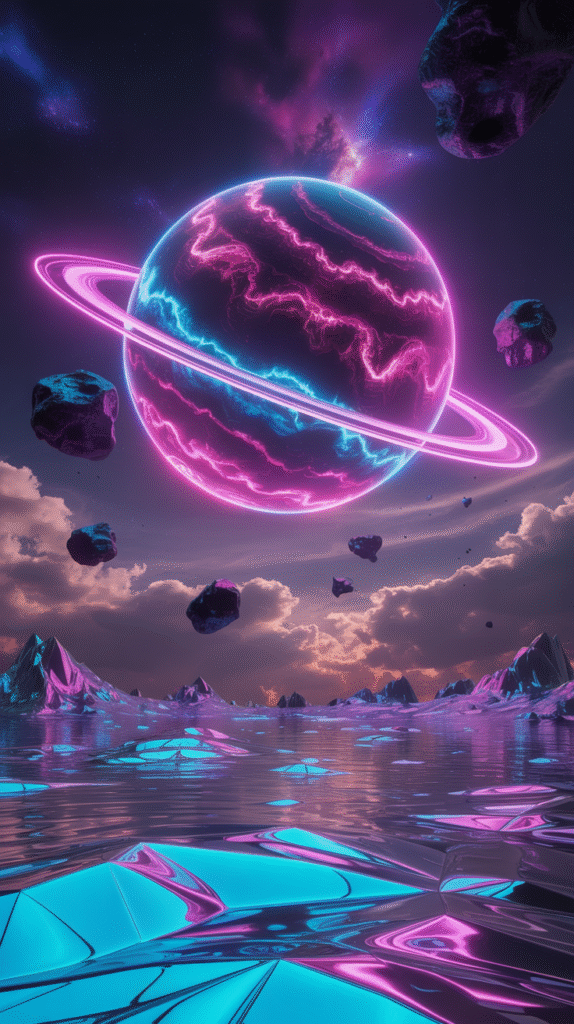
There’s also a broader cultural movement behind the rise of aesthetic wallpapers. Social media platforms, digital art communities, and even minimalist lifestyle trends have all contributed to the idea that beauty belongs everywhere even on our screens. The enormous popularity of “aesthetic” as a style category online shows how much people value this blend of simplicity, beauty, and personal meaning.

In practical terms, aesthetic wallpapers can also improve our relationship with our devices. In a world where screens often bring distraction or stress, a background that feels thoughtfully chosen can transform the experience. A well-chosen wallpaper can turn unlocking your phone into a small moment of pause and pleasure a tiny, beautiful ritual before diving into messages, news, or work.

Artists and designers have embraced this demand, creating wallpapers that go beyond generic stock images. Hand-drawn illustrations, watercolor textures, soft gradients, and carefully curated color palettes now fill thousands of digital galleries. Many of these are free or affordable, making it easier than ever to personalize your screen in a way that feels artistic and intentional.

The creative process of designing your own aesthetic wallpaper can also be deeply rewarding. Apps and tools allow anyone even those with no design background to blend colors, shapes, and textures into something that feels right for them. It’s a small act of creation, and it can spark bigger creative thoughts in other areas of life.
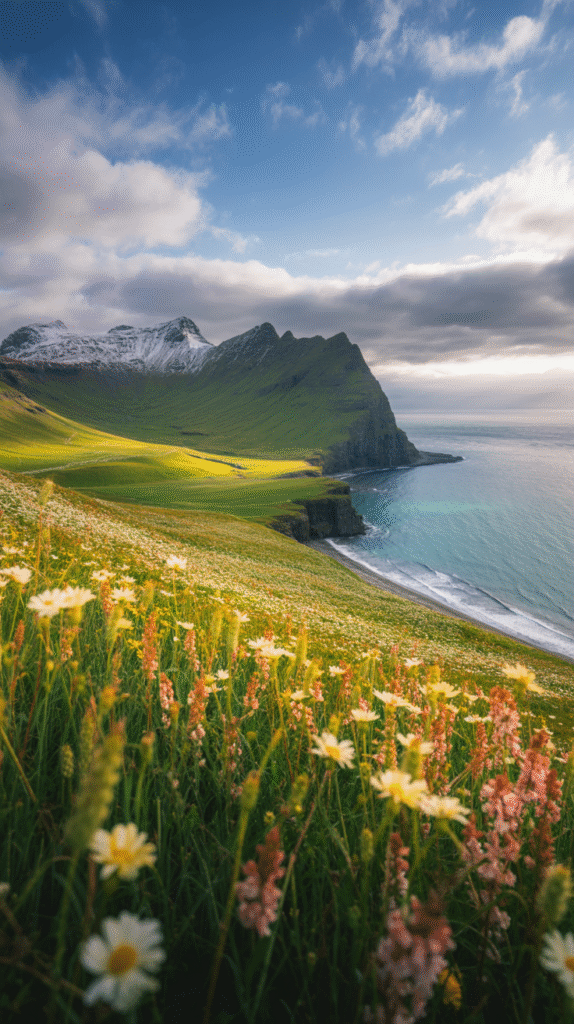
There’s also something gently rebellious about focusing on beauty in something as functional as a background. It’s a reminder that not everything on our devices needs to be about productivity or information. Sometimes, it can simply be about what looks and feels beautiful, a quiet act of self-care in an always-connected world.
